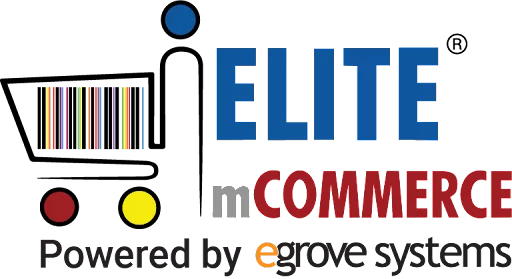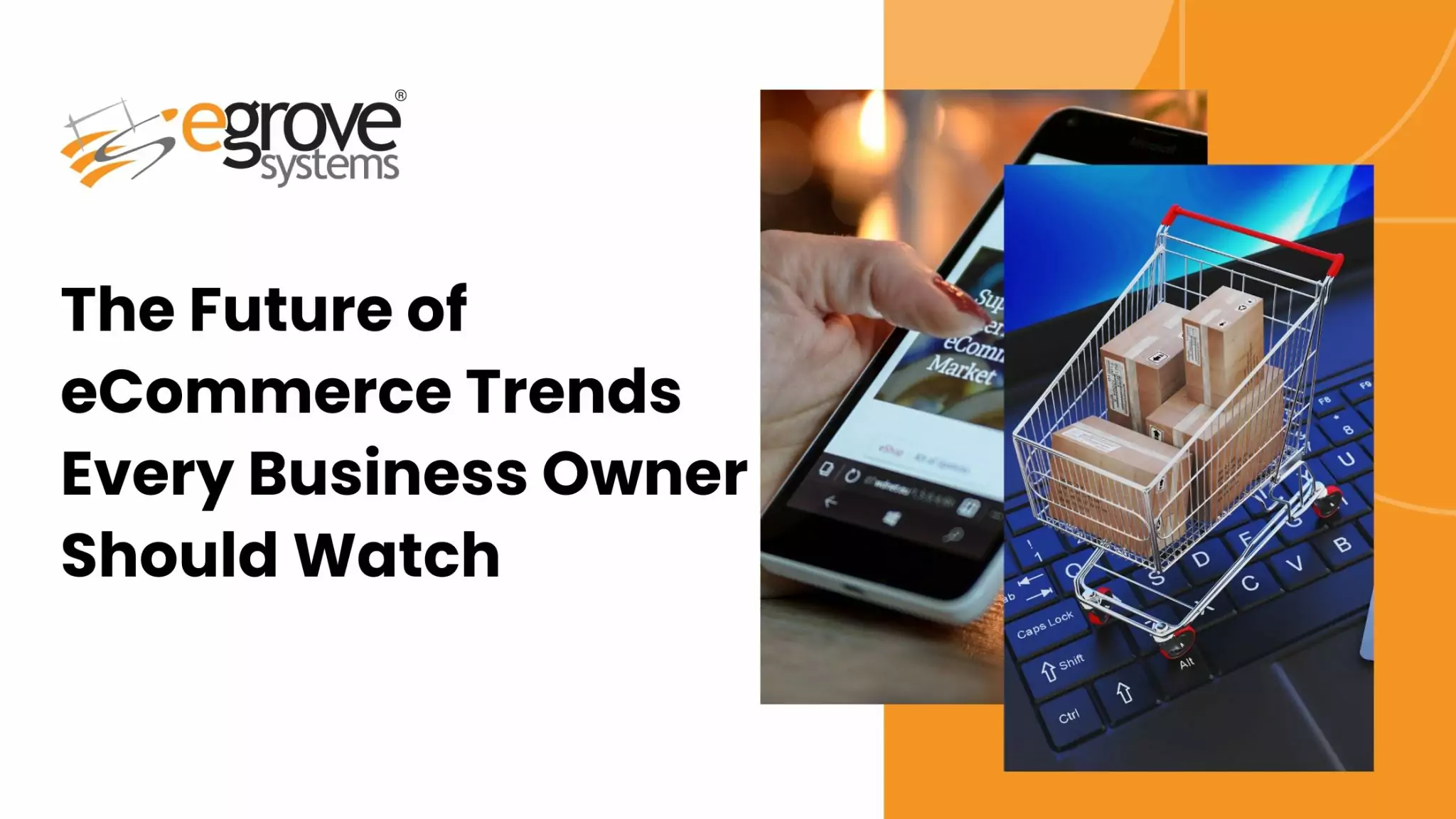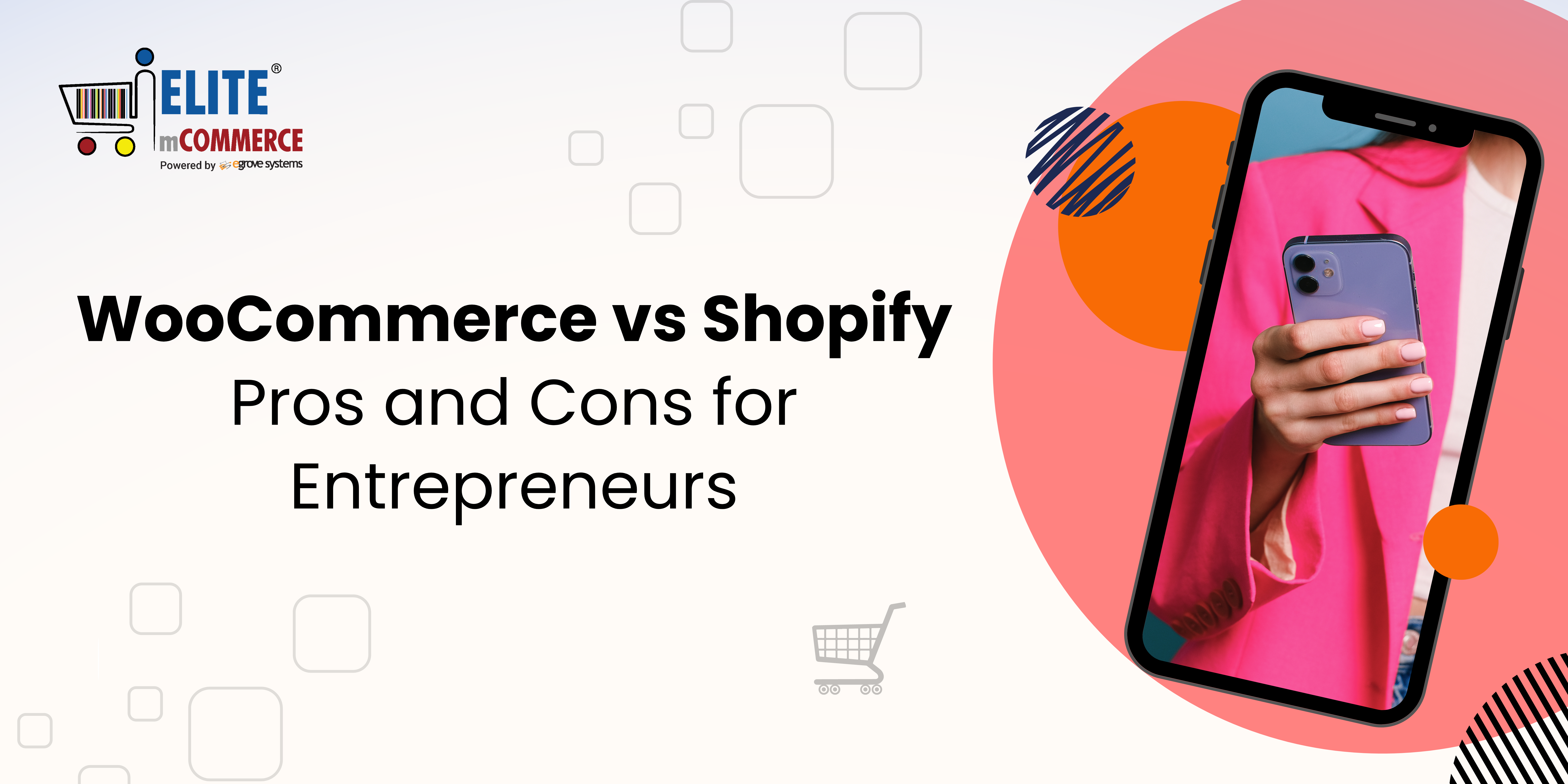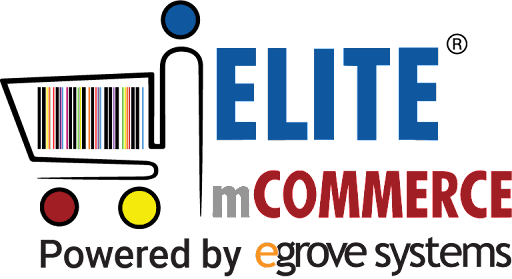Peer to peer payment apps such as Venmo and Apple Pay are exploding in popularity, letting people exchange money casually on mobile without the friction of credit cards or bank transfers. These apps have targeted the market of person-to-person transactions and their terms of service restrict them from being used for large-scale business purposes, there are still growth opportunities for their use in business.
Peer to peer or P2P payment services were conceived to exchange small amounts of money easily, for purposes such as sharing bills in restaurants and giving tips for services. They have been paired with messaging and social media apps to make it convenient to send payments in only a few clicks, even to people without accounts on the service.
P2P Services Entering Commerce With Business Accounts
Venmo, which 28% of the US’s mobile payment users reported using in the last year, recently announced that they are enabling new accounts meant for small businesses. The new Business Profiles can be created on the app, intended for “sole proprietors, casual sellers, and users with a side hustle.” Entrepreneurs might already accept Venmo payments through their personal account, but Venmo encourages them to create a separate business account and gain greater control of the platform to reach customers. They expect that this is worth the per-transaction fee of 1.9% + $0.10 that Venmo intends to charge business profile users.
Venmo and other P2P apps offer unique advantages even over other digital payments. Venmo’s social features promote discoverability of these businesses among its 60 million users by labelling its most successful businesses as ‘“Popular among Venmo customers” and letting them share the business profile on social media.
Users can share their purchases so their friends can view and comment, serving as person-to-person marketing for businesses on the platform. As consumers become more comfortable using P2P apps to send and receive money, businesses see an opportunity to reach customers where they are keeping and spending their money most regularly.
Read more : Secure Mobile app payments to avoid eCommerce frauds
The Pandemic Drives an Increase in P2P Adoption
In light of the pandemic and the needs of people to avoid ATMs and pay bills easily, P2P platforms are seeing a rise in usage and are taking steps to increase their availability to consumers. Derek Swords of Finserv told PYMNTS that the P2P payments market has seen new user growth of 19 per cent and a roughly 9 per cent per month increase in transactions. Venmo increased its sending limit to $4,999.99 per week for a person to person payments, up from $2,999.99. Its competitor Zelle recently reported routing $133 billion through its network on 519 million transactions in the first half of 2020, an increase of 60% from $83 billion in the same period of 2019.
P2P Apps Enabling Business Payments
This growth in adoption comes with more commerce platforms accepting P2P platforms as payment. P2P apps including Venmo, Zelle, and Square Cash are steadily moving into eCommerce and physical purchases. Even though services such as Venmo’s parent company PayPal already fill this role, now P2P services are appealing to businesses by demonstrating the value of having a rapidly-growing and interconnected user base.
Many online merchants are enabling Pay With Venmo options alongside other mobile payment services at checkout, making P2P an additional option that lets customers check out with the service they find most convenient. Venmo is also launching its own credit card for users of the app, which widens its usability in physical transactions.
While these use cases expand the original scope of the apps, it’s clear that Venmo and others in the field see their role as greater than being used for gifts, tips, and casual transfers between friends and family. The marketing advantages of their built-in audiences and their rapid adoption by younger users as an everyday means of spending money presents an opportunity for enterprising businesses to convey their goods and services to their audience and get paid quickly and easily.









Add comment